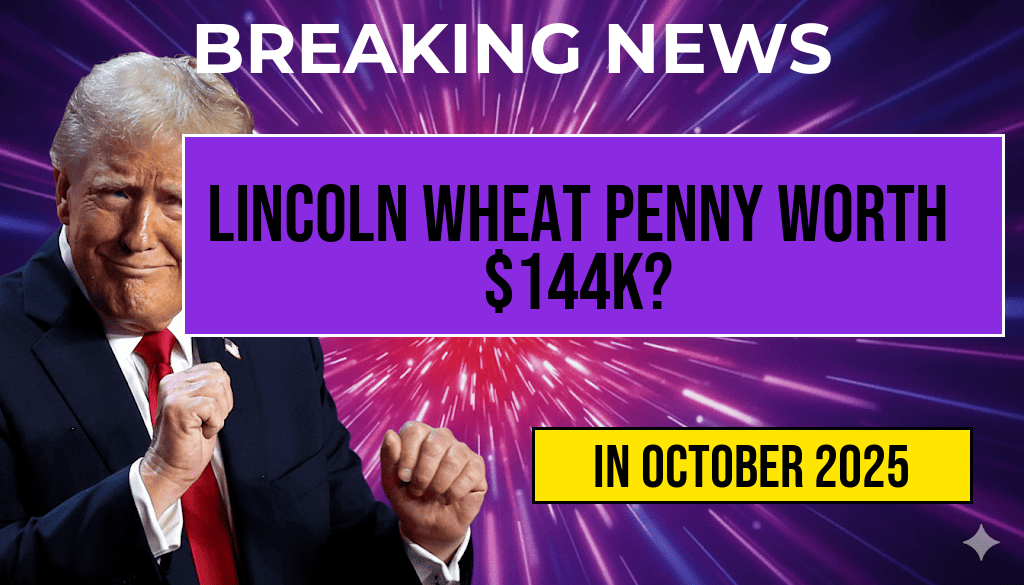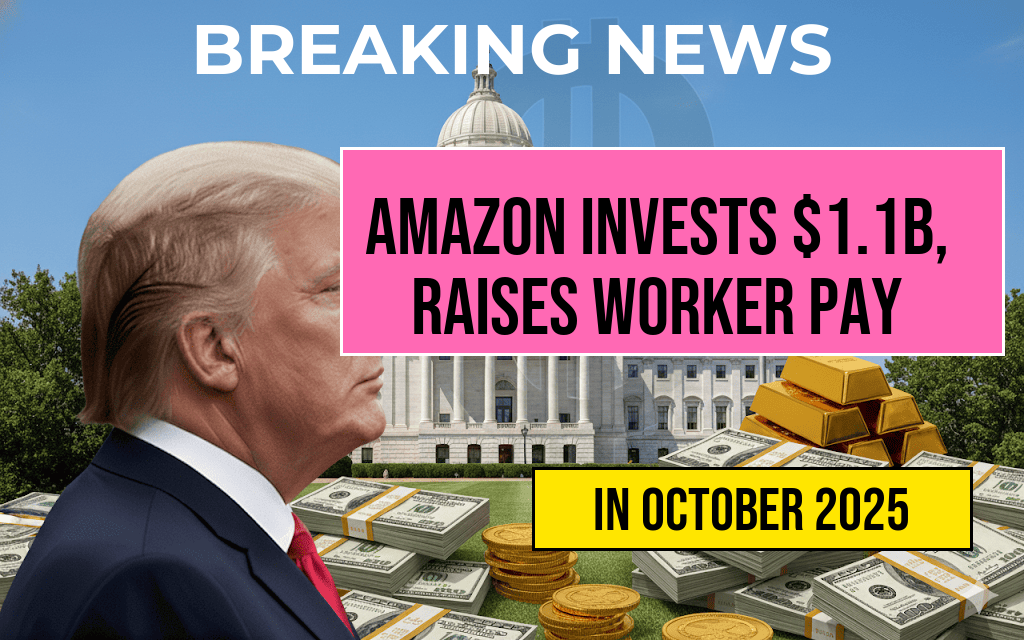The discovery of a Lincoln Wheat Penny valued at approximately $144,000 has ignited curiosity among coin collectors and casual observers alike, especially given that such coins are still in circulation. The penny, minted in 1909, is considered one of the rarest and most valuable U.S. coins due to its unique history and limited production. Despite its high market value, reports suggest that numerous examples of this coin remain in everyday hands, circulating among the public. This paradox raises questions about how a coin with such a substantial worth persists in general circulation, fueling speculation about its rarity, historical significance, and the factors influencing its valuation in today’s numismatic market.
The Origin and Significance of the 1909 Lincoln Wheat Penny
Historical Background
The Lincoln Wheat Penny was introduced in 1909, marking the centennial of Abraham Lincoln’s birth and the first U.S. coin featuring a president’s portrait. Designed by Victor D. Brenner, the coin’s initial mintage was limited, and only a handful of 1909 pennies were struck before the design was modified to include the motto In God We Trust. The 1909 penny is particularly notable because it was the first year of issue and the only year to feature the original “VDB” initials of Brenner prominently on the reverse.
Why Is the 1909 Penny So Valuable?
The 1909 Lincoln Wheat Penny’s value stems from its rarity, especially the 1909 VDB variant, which was initially produced in limited quantities at the Philadelphia Mint. Only approximately 484,000 coins bear the VDB initials, making them highly sought after. Collectors prize these coins for their historical significance, limited mintage, and condition. While most circulated examples are relatively affordable, pristine specimens can command hundreds of thousands of dollars at auction, particularly if they are well-preserved and authenticated by experts.
Is It Possible for a $144,000 Penny to Still Circulate?
Market Reality vs. Popular Myth
Despite the high valuation, reports of 1909 VDB Lincoln Wheat Pennies still being in circulation are not entirely unfounded. These coins, especially in lower grades, are often found in old collections, bank rolls, or as pocket change from decades past. However, it is exceedingly rare for such a coin to circulate openly today, given its value and the likelihood of collectors and dealers securing high-grade specimens for investment purposes.
Most of the high-value coins are held privately, stored in coin albums, or kept as part of specialized collections. Some coins may surface during routine coin searches or at estate sales, but their presence in everyday circulation is minimal. The $144,000 valuation typically applies to mint-condition examples, graded by professional services like PCGS or NGC, which are rarely found outside of auction settings.
Factors Contributing to the Penny’s High Value
| Factor | Description |
|---|---|
| Rarity | Limited mintage and unique variants such as the VDB make certain examples extremely scarce. |
| Condition | Coins in pristine, uncirculated condition fetch significantly higher prices. |
| Historical Significance | First-year issue with unique design features increases collector interest. |
| Authenticity | Certified coins by reputable grading services ensure value preservation. |
| Market Demand | Growing interest among numismatists drives up prices for top-tier specimens. |
Understanding the Value in Circulation
Could a Penny Still Be Worth $144,000?
While the idea of a penny worth hundreds of thousands of dollars circulating in everyday transactions captures the imagination, it remains highly unlikely. The rarity of high-grade 1909 VDB coins means that most of these valuable specimens are securely stored and rarely exchanged casually. The coins that do appear in circulation are typically low-grade, worn, and thus valued at a fraction of the $144,000 figure.
Numismatic experts warn that genuine high-value examples are usually sold through auction houses or private sales, with provenance and certification playing crucial roles in establishing their worth. The presence of such coins in circulation does not diminish their value but underscores the importance of careful authentication and grading when assessing their true worth.
What Collectors Should Know
- Authentication Matters: Always seek coins graded by trusted organizations like PCGS or NGC.
- Condition Is Key: The higher the grade, the more valuable the coin.
- Market Trends: Keep an eye on auction results to gauge current valuations.
- Storage and Security: Protect valuable coins from damage and theft.
Further Resources
Frequently Asked Questions
What makes a Lincoln Wheat Penny worth up to $144,000?
The high value of a Lincoln Wheat Penny, such as $144,000, typically depends on factors like its rare minting error, low mintage, unique features, or condition. Certain years and varieties are especially sought after by collectors.
Is it possible to find a valuable Lincoln Wheat Penny still in circulation?
While most Lincoln Wheat Pennies are common, rare and valuable ones can sometimes be found in circulation. However, such instances are extremely rare, and most valuable examples are usually found in collections or old rolls.
Which years or mint marks should collectors look for in Wheat Pennies to find valuable ones?
Collectors should pay attention to 1931-S, 1909-S VDB, and other low-mintage or error varieties. These specific years and mint marks are known to have higher collectible value.
How can I authenticate and evaluate the value of a Lincoln Wheat Penny?
To authenticate and evaluate your Wheat Penny, consider consulting a professional coin appraiser or using numismatic resources. Factors like grade, rarity, and error features influence its value.
Should I keep or sell my Lincoln Wheat Penny if I believe it might be valuable?
If you suspect your Wheat Penny is rare or valuable, it is advisable to have it professionally appraised before deciding whether to keep or sell. Proper evaluation can help you maximize its financial potential.






